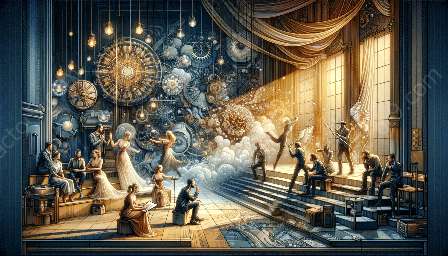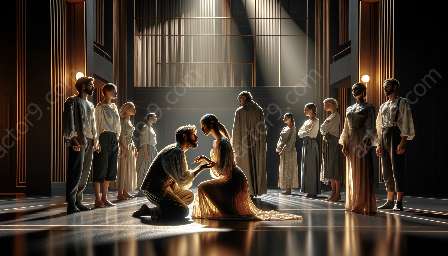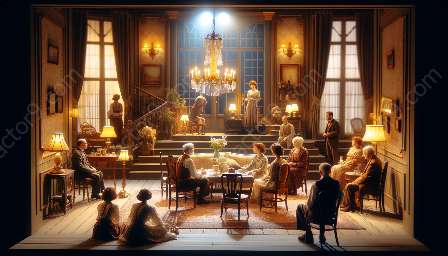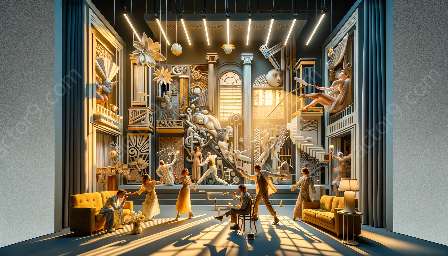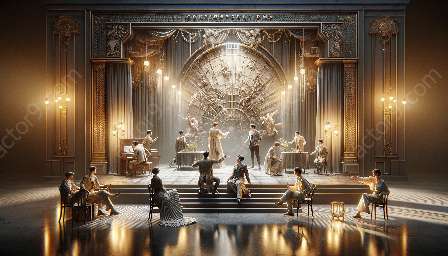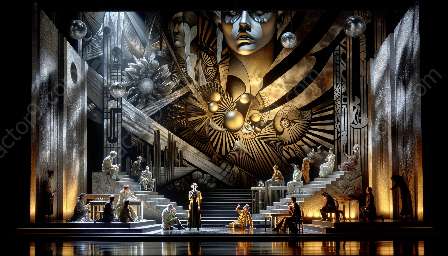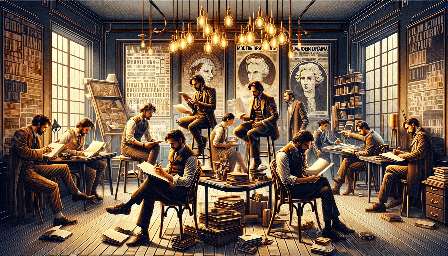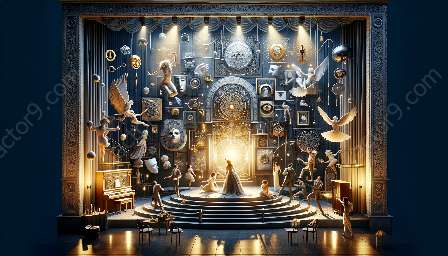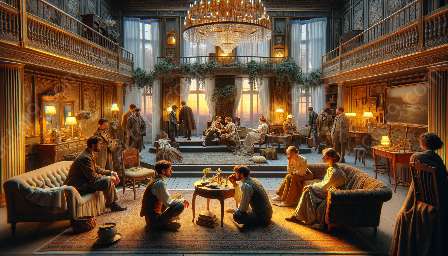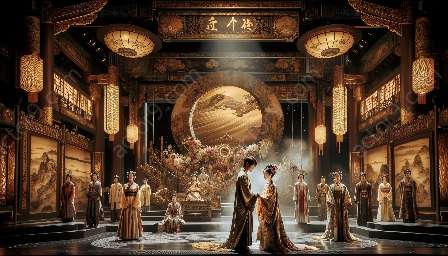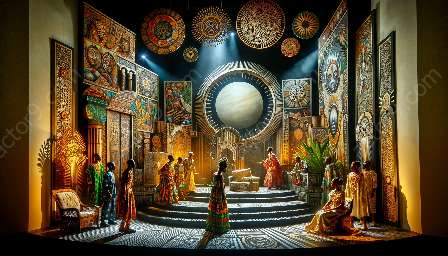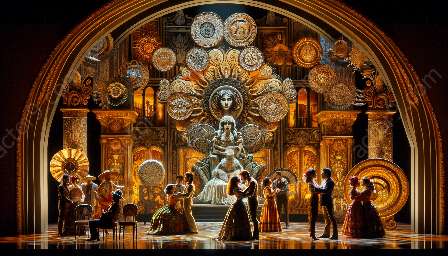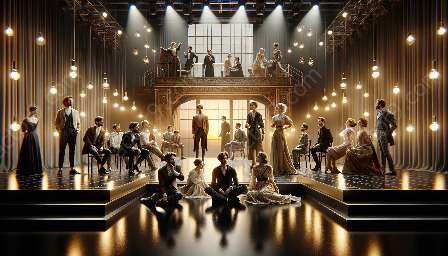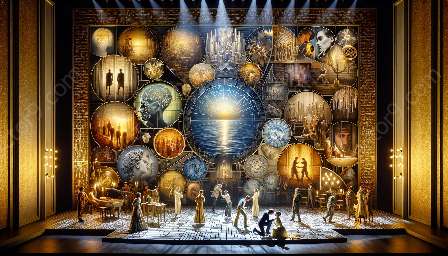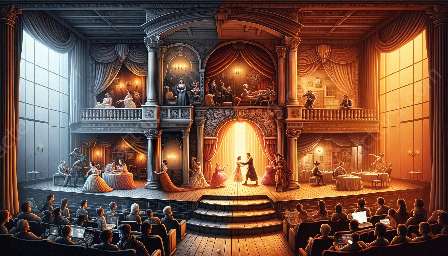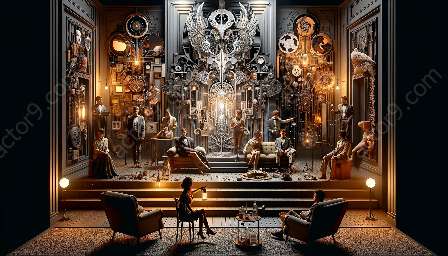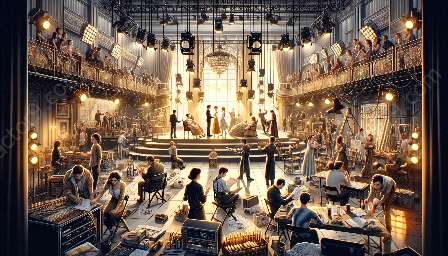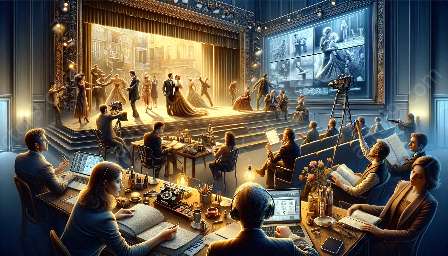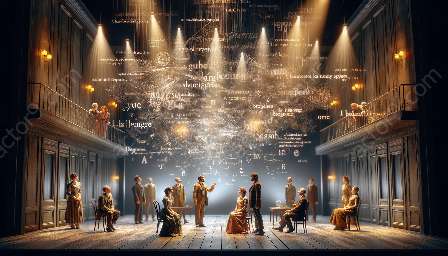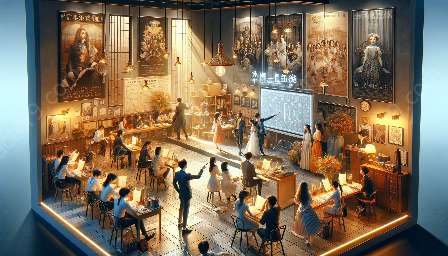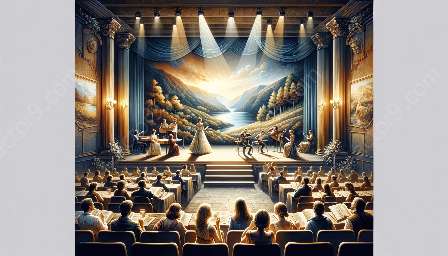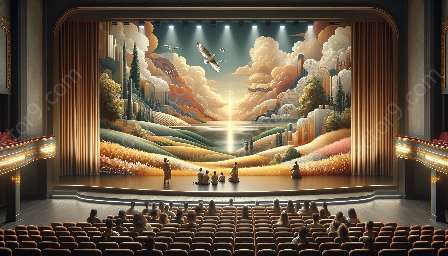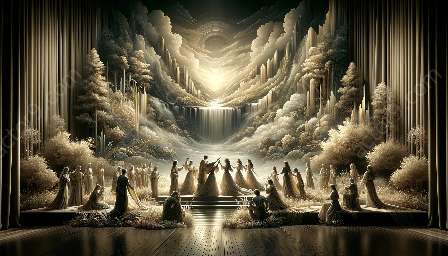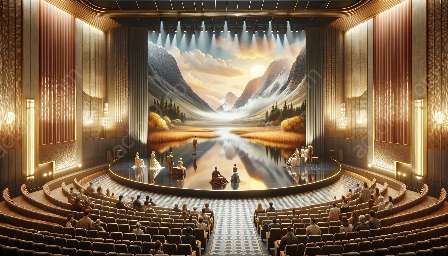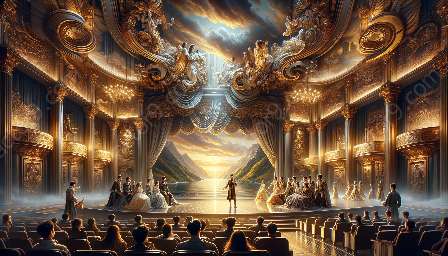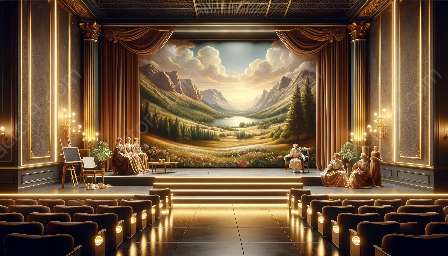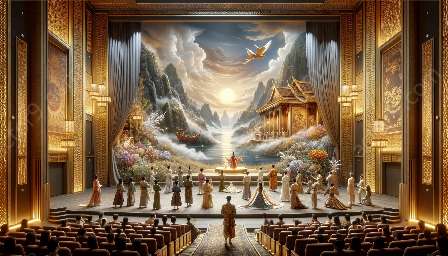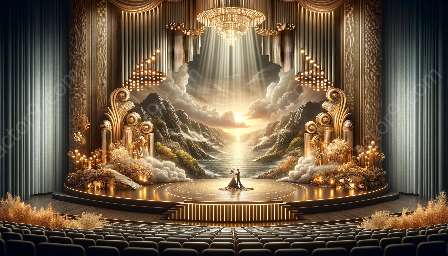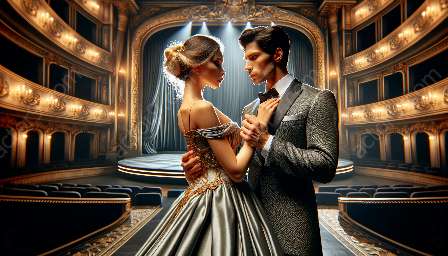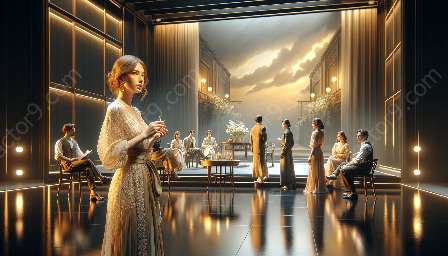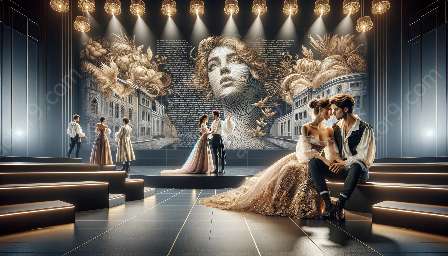Modern drama has continually drawn from classical works, revisiting timeless themes and stories and reinterpreting them in a contemporary context. This process of influence and adaptation allows for a rich exploration of how modern drama both diverges from and pays homage to classical drama.
Modern Drama vs. Classical Drama
Before delving into the nuances of influence and adaptation in modern drama, it is essential to understand the distinguishing features of modern and classical drama. Classical drama, rooted in ancient civilizations such as Greek and Roman cultures, often presented universal themes and moral lessons through structured and formalized storytelling. On the other hand, modern drama emerged as a response to the industrial revolution, urbanization, and significant societal shifts, leading to the exploration of individualism, psychological complexities, and the fragmentation of traditional values and norms.
While classical drama often adhered to prescribed forms and themes, modern drama embraced innovation, experimentation, and a departure from established conventions. These differing stylistic and thematic approaches laid the groundwork for modern drama's reinterpretation of classical works.
Influence and Adaptation in the Context of Modern Drama
The influence and adaptation of classical works in modern drama are multifaceted and reveal the complexities of artistic expression and cultural evolution. Modern playwrights and directors have drawn inspiration from classical texts, characters, and plots, using them as a springboard to address contemporary issues and societal concerns.
One striking aspect of influence and adaptation is the subversion and reimagining of traditional narratives and characters. Modern drama often challenges the gender, racial, and societal norms inherent in classical works, offering alternative perspectives and narratives that resonate with contemporary audiences. In doing so, modern drama not only breathes new life into classical stories but also critiques and re-evaluates the values embedded in these narratives.
Moreover, the technique of intertextuality frequently comes into play in modern drama's adaptation of classical works. Playwrights and directors skillfully weave references to classical texts, creating a layered and nuanced tapestry of meaning that invites audiences to engage with the interplay between past and present. This intertextual approach fosters a dialogue between the old and the new, serving as a testament to the enduring relevance of classical themes and their capacity to resonate with modern sensibilities.
Embracing Diverse Forms of Expression
Another aspect of the influence and adaptation of classical works in modern drama lies in the embrace of diverse forms of expression. While classical drama often adhered to specific structures and theatrical conventions, modern drama has expanded its repertoire to encompass avant-garde techniques, multimedia integration, and unconventional staging. This flexibility allows for a dynamic reinterpretation of classical stories, enabling modern drama to transcend historical and cultural barriers while remaining faithful to the essence of the original works.
Furthermore, the global perspective of modern drama facilitates cross-cultural adaptations of classical works, leading to a harmonious confluence of diverse artistic traditions. By incorporating elements from various cultural heritages, modern drama enriches the tapestry of theatrical expression, transcending geographical boundaries and embracing the universality of human experiences.
Conclusion
The intricate interplay of influence and adaptation in modern drama's reinterpretation of classical works epitomizes the evolution of theatrical expression and the enduring relevance of timeless narratives. By juxtaposing the distinct characteristics of modern and classical drama, we gain insight into the transformative power of art and storytelling. As modern drama continues to evolve and adapt, it reaffirms its role as a vibrant and resonant medium through which classical works find new life and relevance in the contemporary world.


